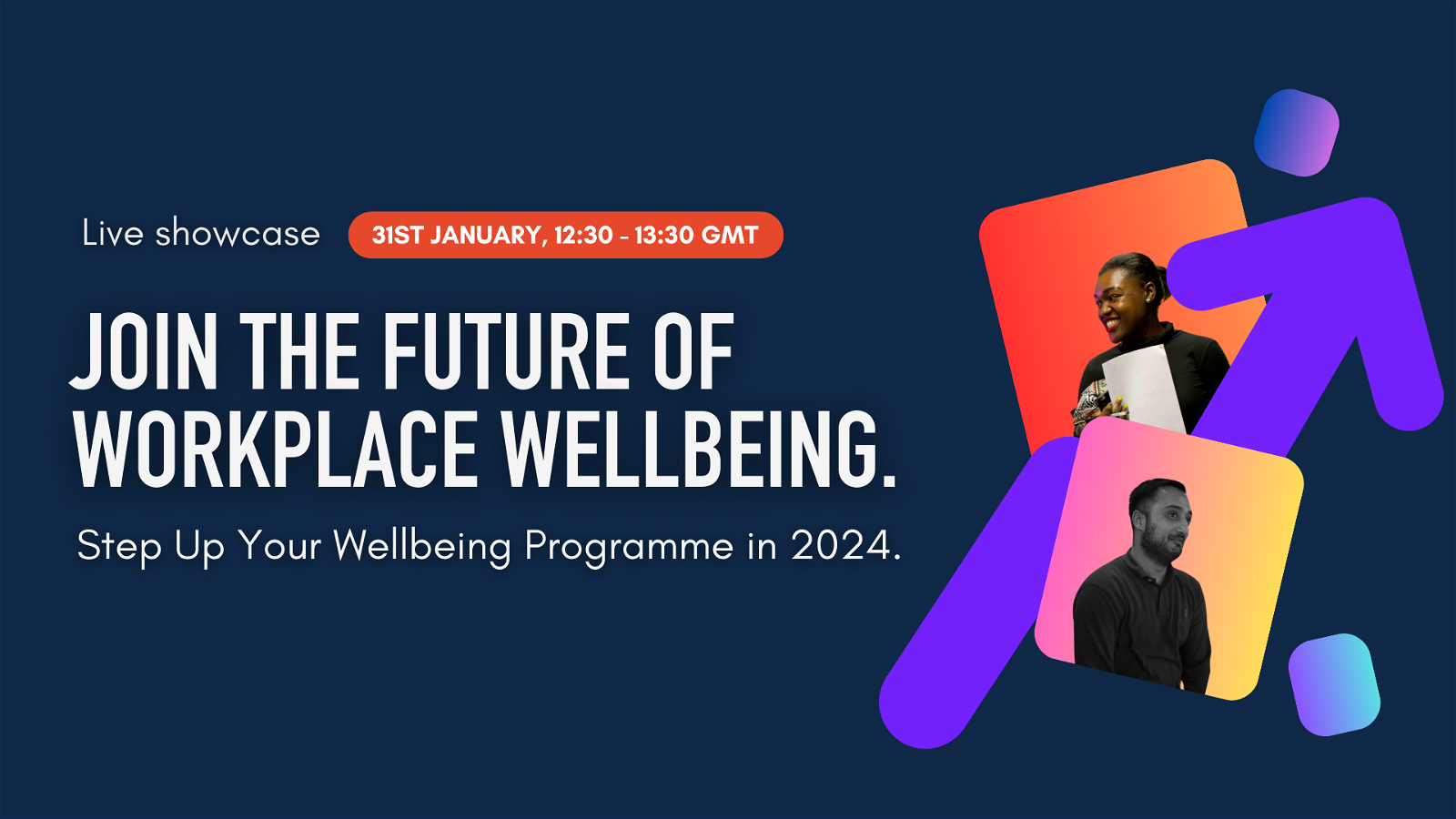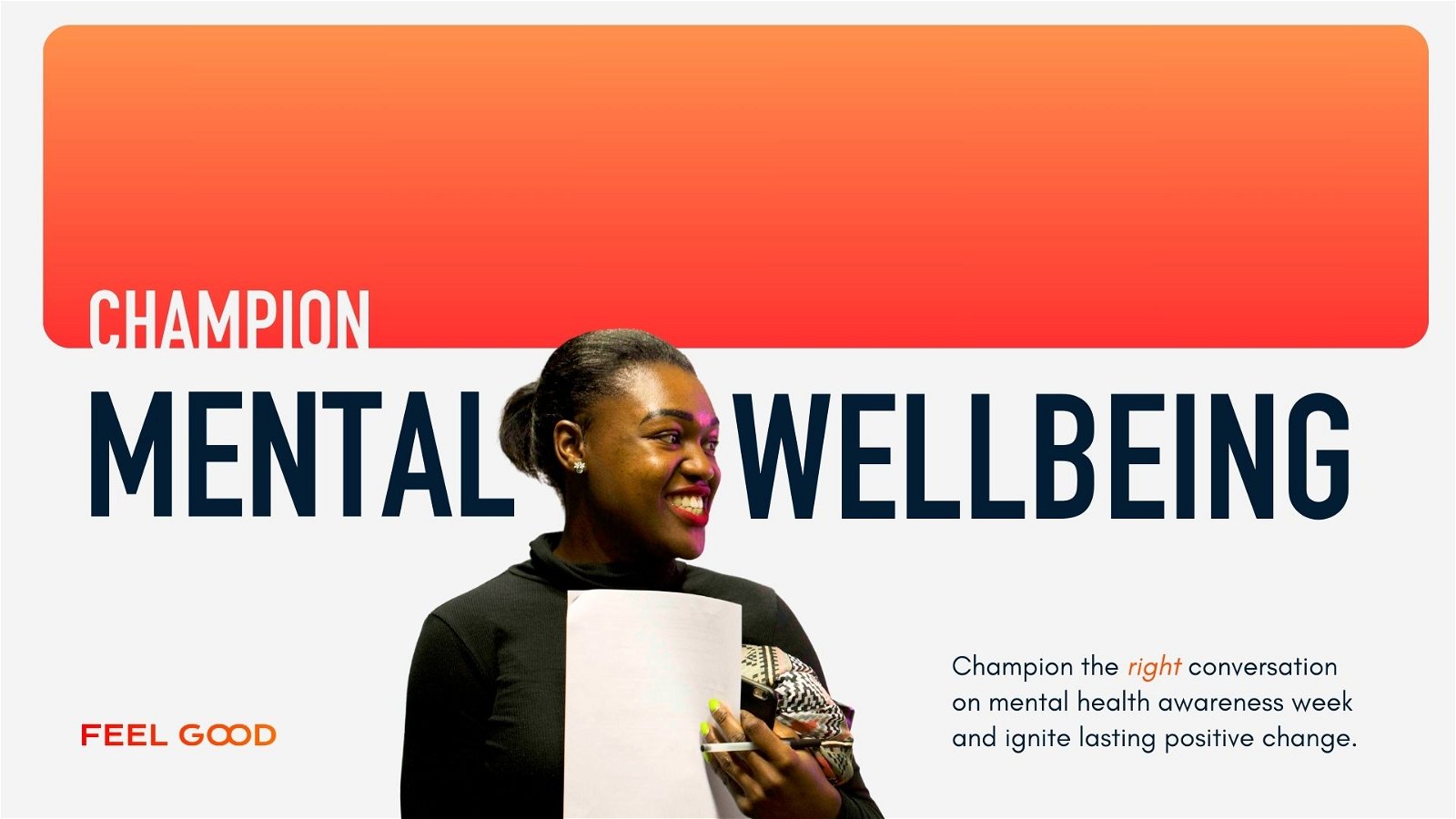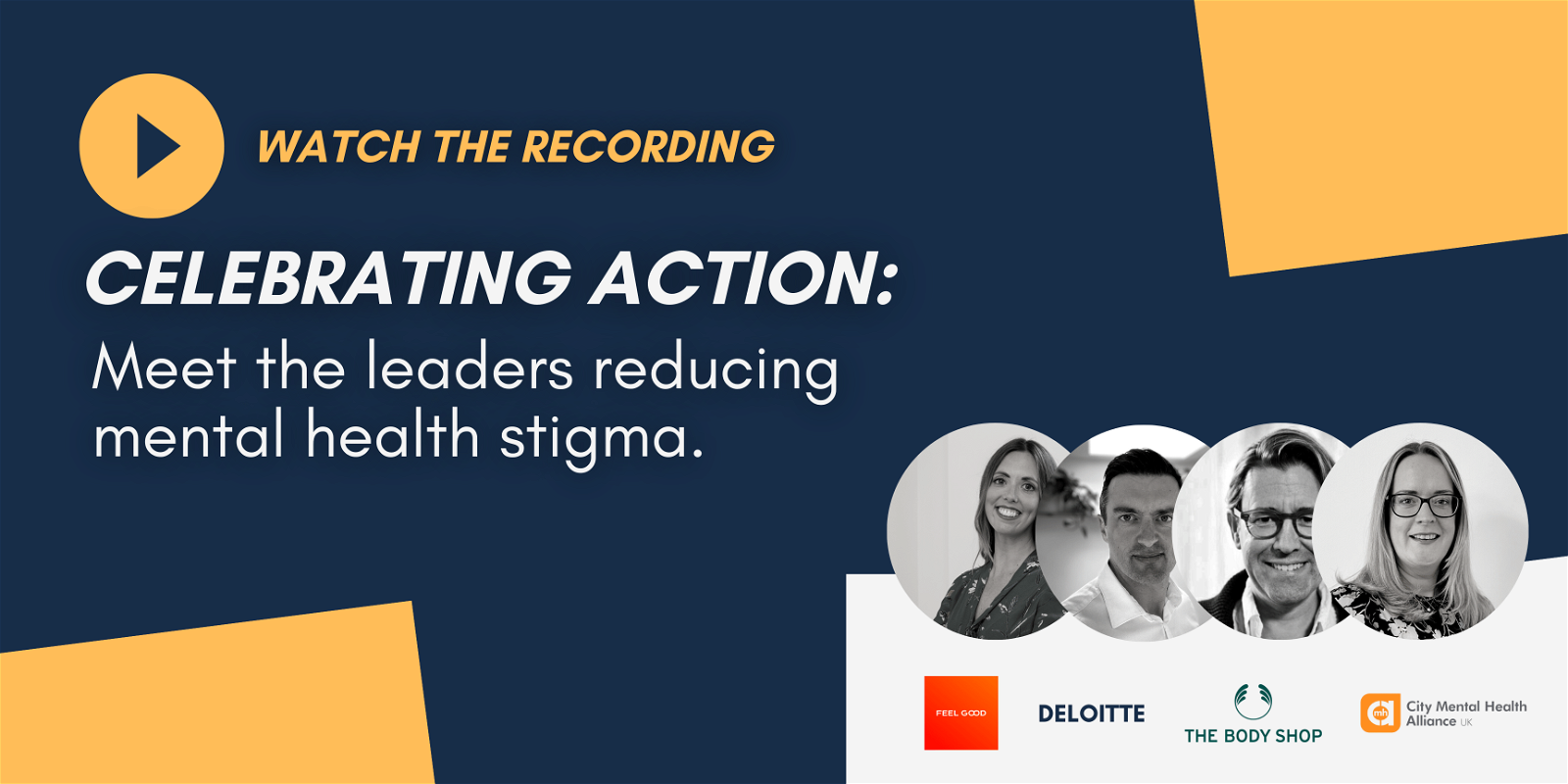Posted on: May 23, 2022
How to have effective conversations around mental health & performance
Let’s think back to the scenario of that valuable team member showing performance issues. You need to speak to this person about their performance, but you al...
By Shivekiar Tashchioglu

Let’s think back to the scenario of that valuable team member showing performance issues. You need to speak to this person about their performance, but you also suspect there may be mental health reasons behind it. You need to speak to them as a leader, but you also care about them and want to support them.
In our earlier article, we explored some ways of how you can initiate and lead that first conversation with this person in the most effective and considerate way.
Now, when we talk about the skills to make a conversation effective, we need to talk about getting things wrong, because we know that many people avoid supportive conversations because they fear not knowing what to say, or saying the wrong thing and making things worse.
Correcting ‘mistakes’
We are human, and we all have conversations where we do things that are not textbook-like, things that feel clumsy or perhaps even wrong. Even the most experienced people in this field regularly have these moments.
We are not perfect, and neither are our conversations. If at any point in your conversation, it feels like something you’ve said isn’t quite right and isn’t landing in the way you wanted it to, it’s fine.
The best thing you can do here is to be transparent and open. Label it and say sorry if it feels appropriate. It’s never too late. Don’t make excuses, just make a simple yet clear apology then ask if you can have another go.
Here are some examples of how you can do this:
- “As soon as I said that, it sounded wrong, can I try again?”
- “That was clumsy, I apologise. My intention is to be helpful, but I’m not sure that was.”
- “What I said to you last week has been playing on my mind. I would like to say sorry. What I wish I’d said is X.”
Brené Brown talks about circling back – sometimes in the middle of a difficult conversation, you might find yourself needing time to think, feeling overwhelmed or just not knowing what to say or do next. In these circumstances, it can be helpful to request a time out with a circle back in a specific time period.
- “I need to think about this. Can we circle back in an hour?”
What next?
The first conversation you have in this context doesn’t have to belong, and it doesn’t have to address all the problems the person is facing. You don’t need to find all the solutions right away. The steps you take at the end of the conversation are what will help you get there.
What you do at the end of the conversation will depend on a number of factors, including how well you know the person, how much they have opened up to you, and the complexities of what they are going through. Possible options include:
Nothing further for now
Very often, just having a conversation is enough. By allowing someone to talk and process their emotions you will have helped them feel less overwhelmed and more able to manage. You may well be seeing an improvement in this person’s performance after the conversation. Arrange to follow up in a week or so to see how they are doing.
Help them GROW
If a specific and non-emotional problem has been identified during the conversation, you can help the person generate a solution by using a coaching approach. The GROW model is a well-established framework we use in our workshops, which offers a fairly simple structure for helping people to solve problems. The key to using it successfully lies in asking great questions.
Signposting
If you feel the person requires further support for an emotional issue you may want to consider signposting. This might be within the organisation (mental health first aider, EAP etc.) or to an external agency. The skill to signposting is to make sure it’s done in partnership with the person. It needs to be a jointly agreed way forward. It would be valuable for this person to seek support to take control and responsibility for their well-being. The conversation about their performance can follow after.
Taking care of yourself
Supporting other people takes energy, both emotional and physical. Sitting with uncertainty, resisting our natural tendency to problem solve, being exposed to another human’s suffering (which we can’t fix), and feeling out of control and perhaps even out of our depth can all take a toll on us.
If you are to maintain your ability to support those in your teams, you need to actively invest in yourself and your own wellbeing.
How do you ‘recover’ after having a difficult conversation? Here are some ideas:
- Practice macro and micro self-care (e.g. stretching, reading, walking in nature, myofascial release)
- Practice self-compassion
- Seek support if you need it
Conclusion
Given that leaders (and in fact, many of us) are never taught how to have these supportive conversations, it’s not surprising we may feel we lack the skills and confidence in this domain. But this doesn’t have to be a looming problem.
No matter how time-poor you are as a leader, these skills can be built in practical ways. With just the tweaking of a few behaviours, we believe you can turn tricky situations like performance and mental health discussions into opportunities – closer relationships with your employees, greater confidence as a leader, higher performing and flourishing teams, and greater business growth.
Our Brilliant Minds Programme covers all the steps you need to take as a leader to build your culture’s foundations of well-being. It packs many practical and immersive workshops, guides and inspiring interviews to empower you in this journey.
Bonus
The good news is that one of the most powerful ways of learning is by watching others. This is called observational learning (or modelling) and is a well documented and long-established learning theory (Bandura, 1977). Is there someone you can think of who you can watch and learn from?
Our experts recommend the following podcasts:
- How’s Work? – Esther Perel
- Really useful conversations – Andrea Newton
PSYCHOLOGY-POWERED SOLUTIONS THAT DRIVE IMPACT
Feel Good evolves how your people think, feel and perform with strategic thinking and engaging learning solutions powered by the latest organisational & behavioural science.














